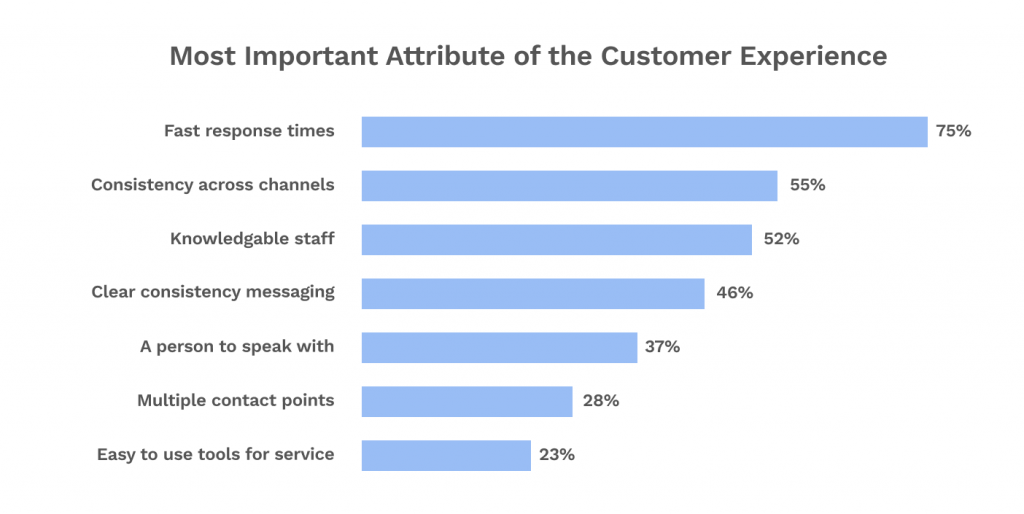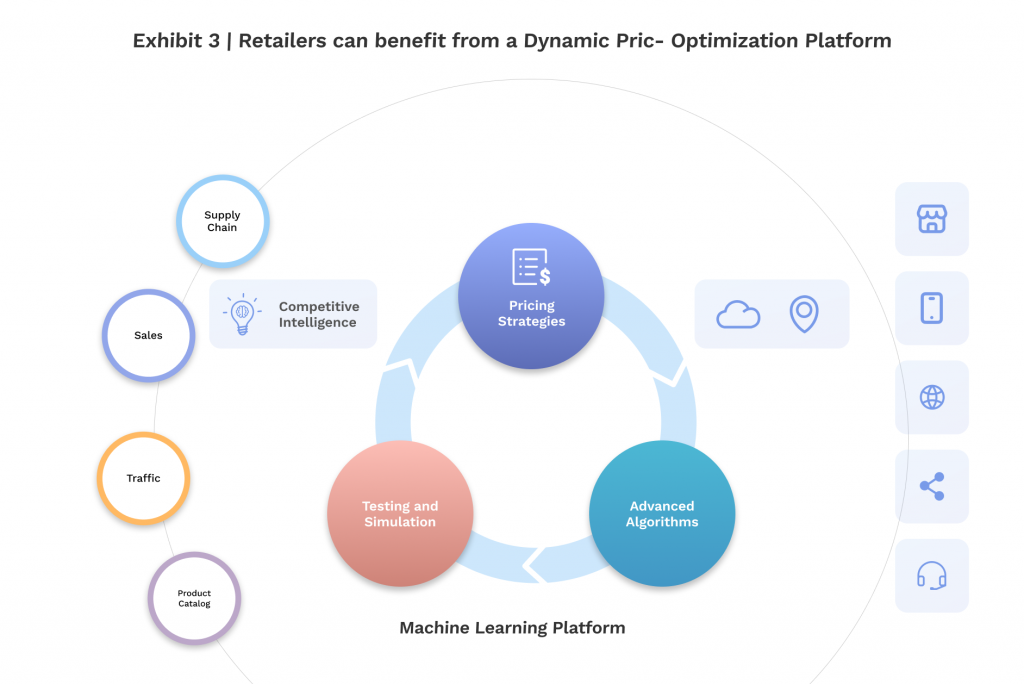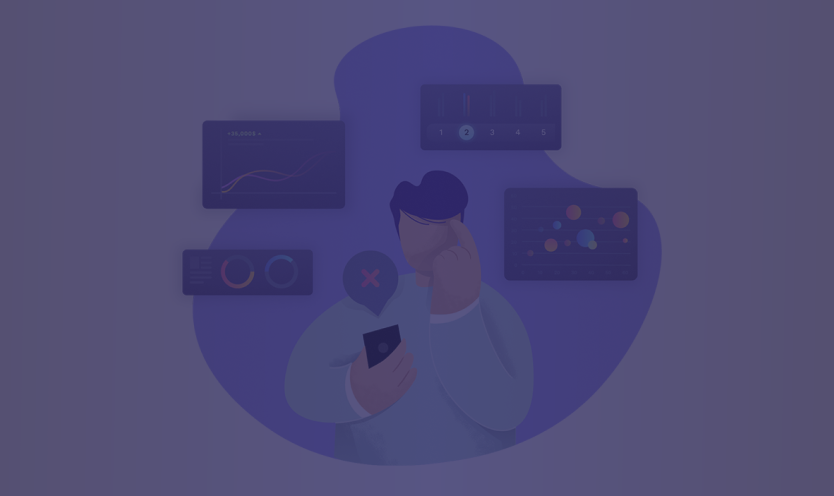Finding the Right Omni-Channel Pricing Strategy (for Retailers)
Finding the Right Omni-Channel Pricing Strategy (for Retailers)
As we journey through an era marked by rapid technological advancements and shifting consumer landscapes, it’s clear that prices are no longer static markers. They are dynamic, constantly influenced by the ever-evolving behaviors of shoppers and the rich data they generate.
For businesses, mastering this fluidity of pricing becomes more than just a strategy—it’s a lifeline. In this post, we’re exploring the art and science of omni-channel pricing and how you can build a strategy that maintains a competitive edge in the market.
Quick Takeaways
- Omni-channel pricing is a strategy where the same product price is maintained across all sales platforms, ensuring consistency for customers.
- Adopting omni-channel pricing helps retailers adapt to modern shopping habits, streamline operations, and gain a competitive advantage in the market.
- Building an effective omni-channel strategy involves understanding customer touchpoints, integrating systems, and ensuring pricing consistency.
- Hypersonix’s ProfitGPT enhances omni-channel pricing by offering real-time data tracking and predictive analytics, helping retailers anticipate demand and make informed pricing decisions.
What Is Omni-Channel Pricing?
Omni-channel pricing is a strategy where retailers set the same price for a product, regardless of where it’s sold. This means whether a customer checks the price in a physical store, on a website, or through a mobile app, they’ll see the same amount.

In turn, retailers with an omni-channel pricing strategy:
- Adapt to modern shopping habits. Today, 35% of consumers claim they’ll eventually do most of their shopping from their smartphone. Omni-channel pricing recognizes this behavior and ensures that price is not a point of friction in the buying process.
- Simplify price management. For retailers, managing different prices across various channels can be a logistical nightmare. A unified pricing strategy streamlines operations, making it easier to manage promotions, discounts, and inventory.
- Gain competitive advantage. In a market where consumers can easily compare prices with a few clicks or taps, consistent pricing can be a differentiator. It assures customers that they’re getting the best possible price, regardless of their preferred shopping channel.
The primary goal of omni-channel pricing is to provide a consistent shopping experience across all sales channels. In essence, it’s about ensuring price uniformity for customers, no matter how they choose to shop.
Why Choose Omni-Channel Pricing?
Choosing omni-channel pricing not only helps retailers set the right price, but it also creates a seamless, trustworthy, and efficient shopping experience that meets modern consumers’ expectations and needs.
But that’s not all. Here are a few other reasons why many retailers opt for an omni-channel pricing strategy:
Unified Customer Experience
Customers value consistency. When they see the same price across all channels, it builds trust and confidence in your brand. They don’t have to wonder if they’re getting a better deal elsewhere.
Increased Sales
When customers know they’ll find the same price whether they shop online or in-store, they’re more likely to make a purchase without delaying to check other platforms.
Reduced Price Confusion
According to a recent survey, 55% of respondents stated that consistency across all channels is the second most important attribute of the customer experience.

Moreover, different prices across channels can lead to confusion and potential conflicts. Customers might question why they paid more in-store than online, leading to dissatisfaction and potential returns. But with omni-channel pricing, you can ensure prices remain consistent across all channels.
Streamlined Operations
Managing different prices for different channels can be complex and time-consuming. A unified pricing strategy simplifies this process, making it easier to track sales, manage inventory, and run promotions.
Leverage Data Effectively
With a consistent pricing strategy, retailers can better analyze sales data across all channels. This provides clearer insights into customer behavior, preferences, and trends.
How to Build an Omni-Channel Strategy
Building an effective omni-channel strategy requires a blend of understanding your customers, leveraging technology, and ensuring consistency.
By following these steps, retailers can create a seamless and efficient shopping experience that meets the demands of today’s consumers.

1. Understand Your Customer’s Journey
Begin by mapping out the various touchpoints your customers use to interact with your brand. This could be your physical store, website, mobile app, or even social media platforms. Recognizing these touchpoints is the first step in creating a seamless experience.
2. Gather and Analyze Data
Collect data from all your sales channels. This includes:
- Sales figures
- Customer feedback
- Browsing patterns
Analyzing this data will give you insights into customer preferences and behaviors, helping you tailor your strategy effectively.
3. Integrate Systems
Ensure that all your sales channels are integrated. This means that inventory, pricing, and customer data are synchronized across platforms. Integration tools or platforms can help streamline this process.
4. Set Consistent Pricing
As the core of the omni-channel approach, ensure that your pricing remains consistent across all channels. This not only builds trust, but also simplifies inventory and sales management.

Pricing optimization software can help with this process by using advanced algorithms and real-time data analytics to determine the best pricing strategies across various channels. By integrating this software, retailers can automate the process of price adjustments based on market demand, competitor prices, and other relevant factors.
5. Train Your Staff
Whether they’re in-store representatives or online customer service agents, make sure your team understands the omni-channel approach. They should be equipped to provide consistent information and service to customers, regardless of the channel.
6. Regularly Review and Adapt
The retail landscape is dynamic. Regularly review your strategy to ensure it aligns with current market trends and customer behaviors. Be ready to adapt and make changes as needed.
Optimize Your Omni-Channel Pricing Strategy with Hypersonix
In the quest for a seamless omni-channel pricing strategy, Hypersonix‘s ProfitGPT emerges as a game-changer. This advanced inventory management tool harnesses the power of real-time data tracking and predictive analytics.
Retailers can anticipate demand fluctuations, make informed pricing decisions, and ensure inventory levels align with market needs. By integrating ProfitGPT, businesses not only streamline their operations, but also gain a competitive edge, ensuring that their omni-channel pricing strategy is not just consistent, but also profit-maximizing and customer-centric.
To see how Hypersonix’s AI tools can help automate your pricing strategy, request a demo today!





